Workshop for high school
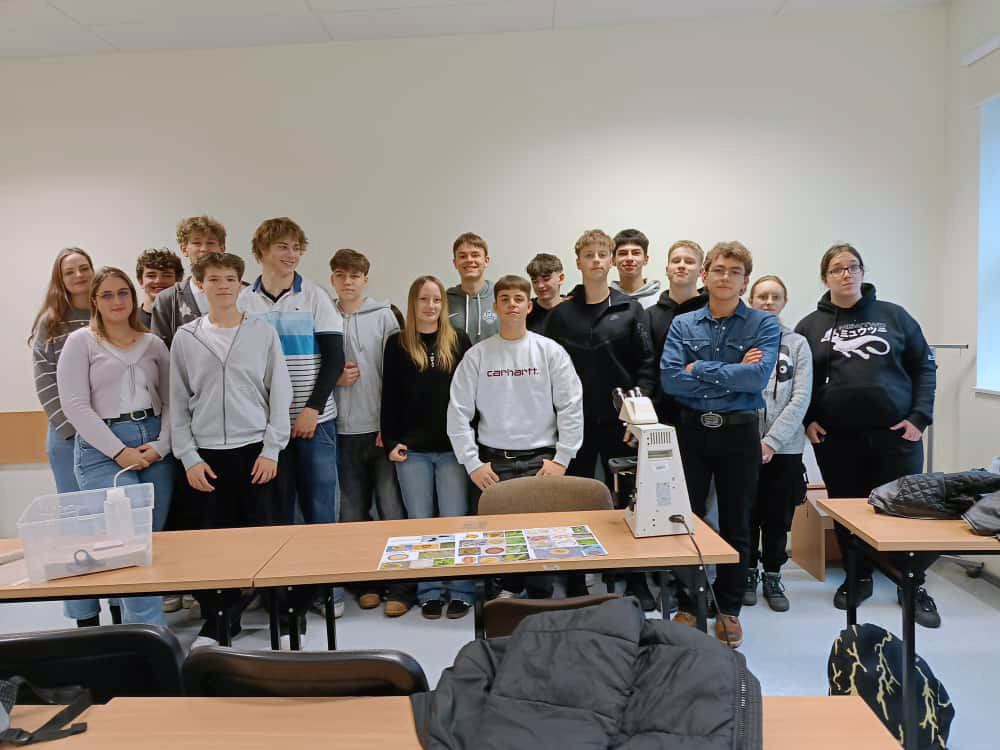
Once again, Ala Bonk — this time supported by Ola Orłowska — had the pleasure of leading a workshop titled “In the Microsphere of Varves – History Recorded in Lake Sediments.” The session was attended by students from the First Academic High School, who visited us under the supervision of our former graduate student, Ania […]
Publication in PAGES Magazine – HSI and μXRF
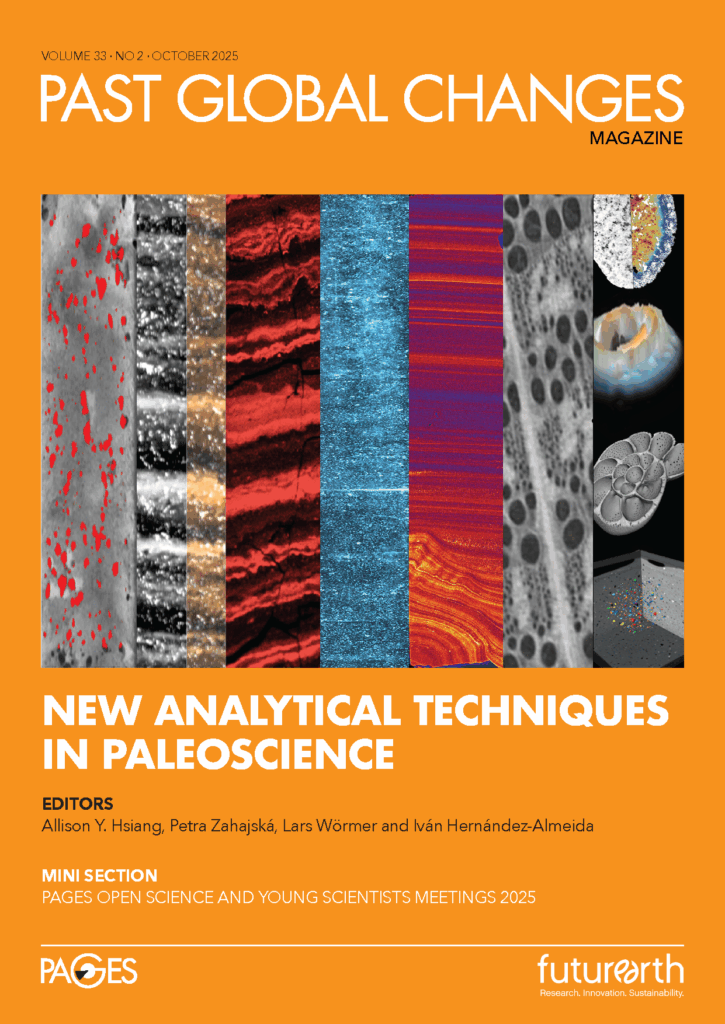
In the latest issue of PAGES Magazine (Past Global Changes), an international scientific organization supporting research on past climate and environmental changes to better understand their mechanisms and future impact, you’ll find a “Science Highlight” focused on combining μXRF and HSI data. Maurycy Żarczyński and Paul Zander present the principles of both techniques, the possibilities of integrating […]
Publication in Biogeosciences – peatland alkalinisation
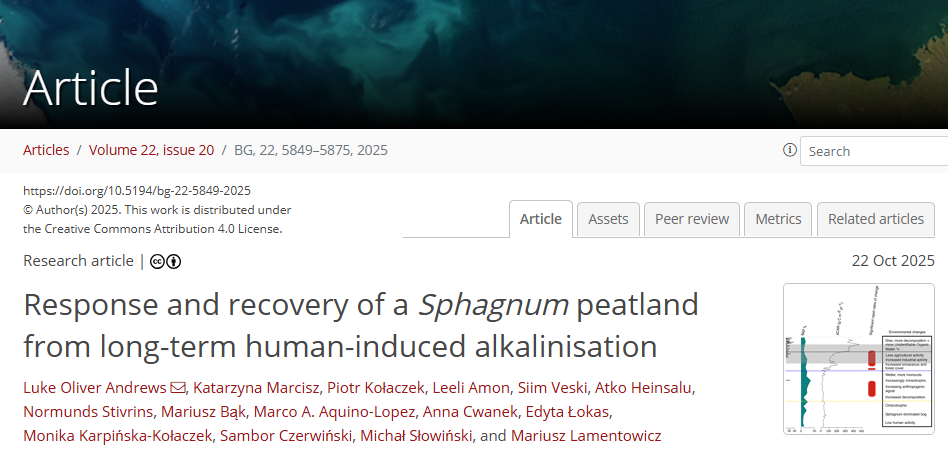
In a new publication co-authored by Sambor Czerwiński, the authors demonstrate how pollution from cement plants affects peatlands, using an Estonian peatland as a case study. It turns out that even a small increase in pH by 0.2–0.3 can trigger lasting changes in the ecosystem, particularly impacting Sphagnum, a moss highly sensitive to alkalization. The […]
Coring platform
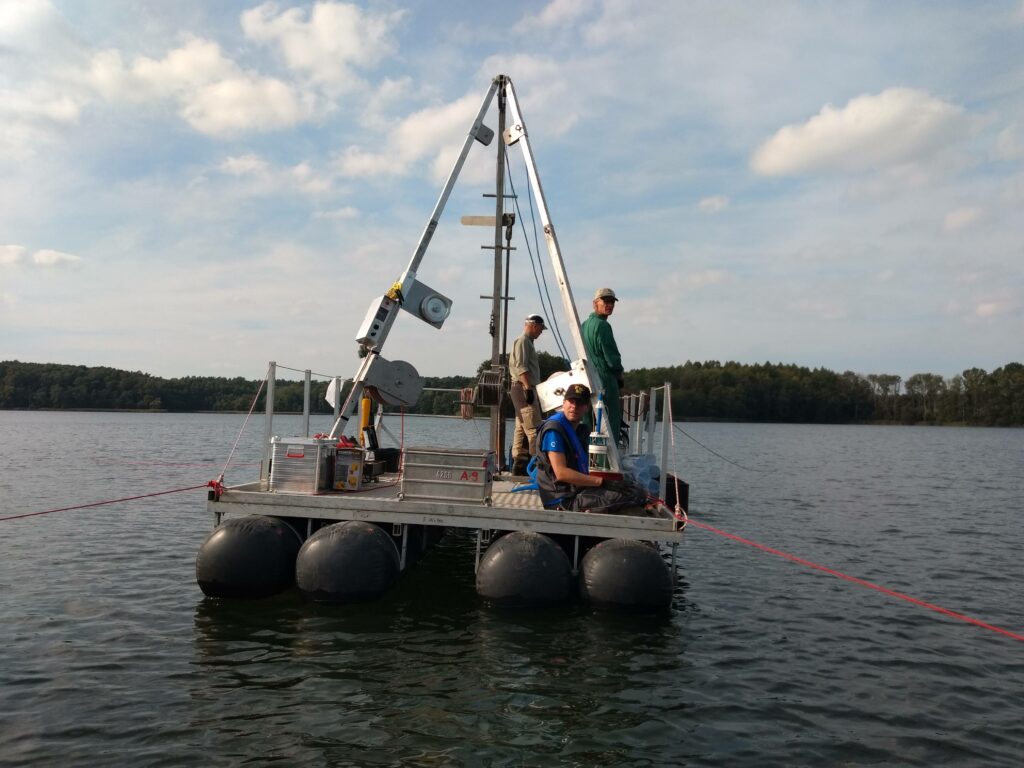
Her name is “Choike”. She has travelled and sailed halfway around the world and has now found a new home port. Although “choike” is a local term for a subspecies of the rhea bird, this time it refers to a lake sediment coring platform manufactured by UWITEC! From October 23 to 25, Ala Bonk and […]
Daria Wochal (UAM) visiting
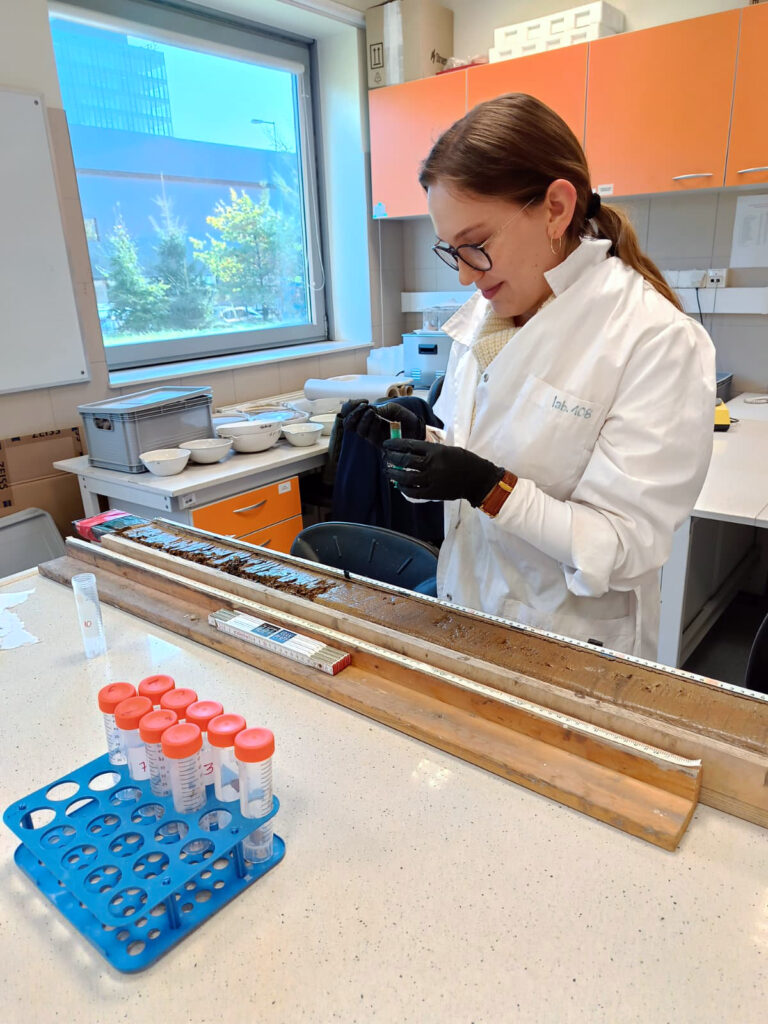
On October 21–22, our Department was visited by Daria Wochal from Adam Mickiewicz University in Poznań. During her visit, she met with Ala Bonk to explore the intricacies of macroscopic charcoal analysis in lake sediments. Such short visits are a great opportunity for learning and exchanging experiences in environmental research. We wish Daria continued success […]
New PhD students
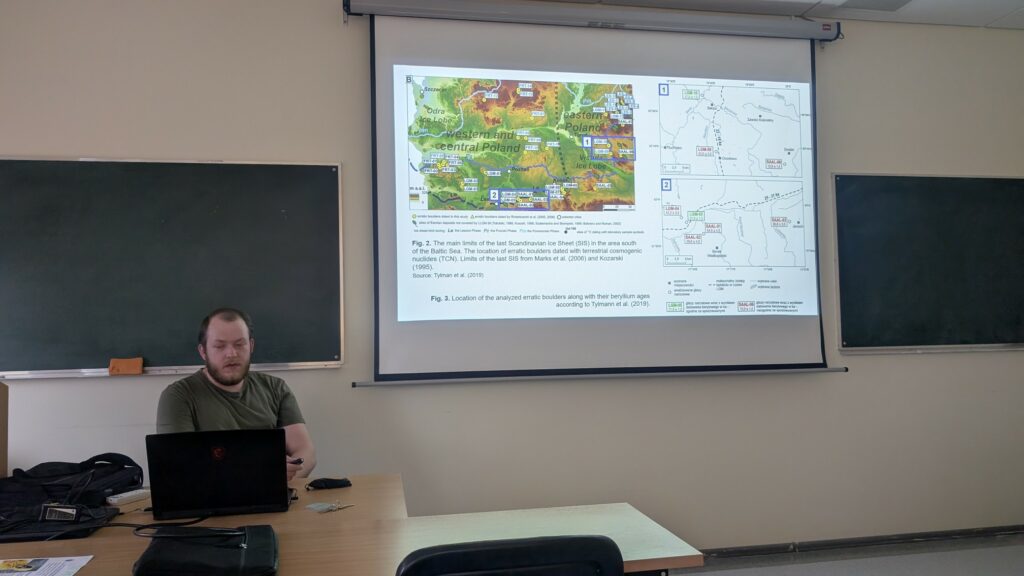
We are delighted to welcome two new PhD students to the team at the Department of Geomorphology and Quaternary Geology! Two of our recent graduates have decided to continue their academic careers within our unit. Aleksandra Orłowska will pursue the topic ” The history of fires in the Victoria Region, Australia, in the light of […]
IPA-IAL symposium – France 2025

From October 6th to 10th, three of our representatives took part in the world’s most important congress dedicated to paleolimnological and limnogeological research. The event, organized by IPA and IAL, was held in the picturesque town of Aix-les-Bains by Lake Bourget in France. Our Department was represented by Alicja Bonk, Wojciech Tylmann, and Maurycy Żarczyński. […]
Short stay at UAM Poznań

Our third-year Geography student, Maria Koch, participated in a short training at Adam Mickiewicz University in Poznań from September 29 to October 3.Under the attentive guidance of Mariusz Bąk from the Institute of Geoecology and Geoinformation, she honed her skills in identifying plant macrofossils preserved in a peat core from the vicinity of Lake Priamy. […]
Conferences in Borucino and Poznań

In recent weeks, Sambor Czerwiński participated in two scientific conferences. The first was The Global Water Future: A Holistic Approach to Water Monitoring and Conservation, held on September 17–19, 2025, in Borucino at the Water Monitoring and Conservation Center of our university. Sambor co-organized the event and presented the following talk: Shortly after, he attended […]
Paper in ESR – multiproxy research on peatlands
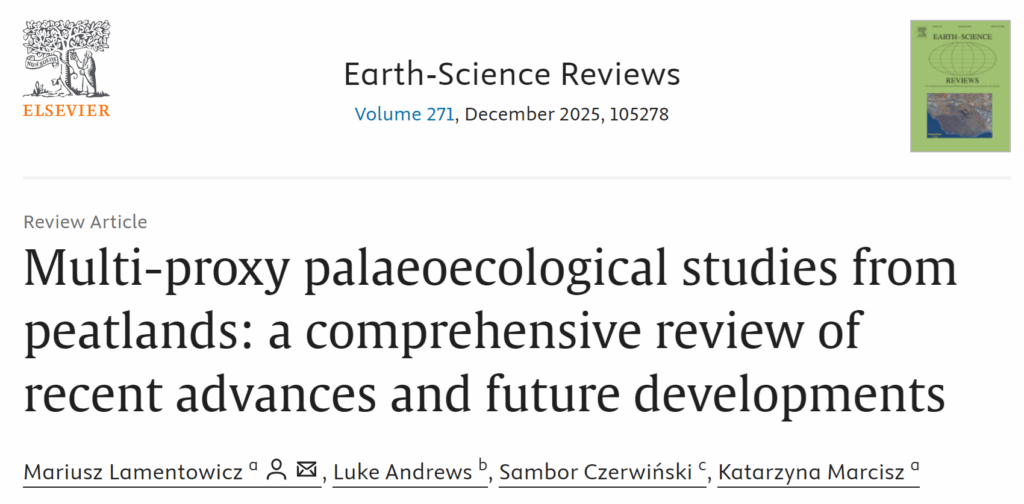
Our colleagues from Instytut Geoekologii i Geoinformacji UAM, in collaboration with Sambor Czerwiński, have undertaken a summary of the latest advances in peatland research using a multiproxy approach – combining various indicators such as pollen, plant macrofossils, testate amoebae, biomarkers, and stable isotopes. Peatlands prove to be exceptional archives of climate change and human impact […]